| In refilling each ink cartridges, there are some basic steps, that we have to follow. These are;
1. Cleaning
2. Refilling
3. Testing
4. Sealing the Print Head and Packing
Now, we are going to have a closer look to these steps.
1. Cleaning: This is the most important phase of a cartridge refilling. Cleaning starts with applying pressurized steam to print head and ends with taking the waste ink out of the cartridge.
I. Steaming Print Head: In order to apply the pressurized steam, we have to use a steam generator machine. They have a water tank and produce the needed steam by heating the water.
Since ink is a very sensitive substance, it is subject to drying when it interacts with air. Therefore, the main idea in steaming the print head is to soften dried ink at the edge of nozzles and ink channels.
It is very important to remember that the steam gun should be pointed in a perpendicular position. Pointing in a diagonal or an inclined position could damage the print head and even remove the plate.
Steam should be applied for approximately 10 seconds.
II. Waste Evacuation: After we soften the dried ink at the print head, we can switch to removing the waste ink out of the cartridges. Please note that if the cartridge has not been refilled before, you can skip this step. The main concern in removing the waste ink is the final quality of printing. In other words, as we cannot make sure about the quality of the previous ink refilled to our cartridge, we take the waste ink out of the cartridge.
2. Refilling: After we clean the cartridges, we can continue with refilling. In general, there are 2 refilling techniques; normal and vacuum filling.
Normal filling is used to fill canister type cartridges. Some of the canister type cartridges has air pockets such as HP 6615 or 51645. In normal filling, the air inside in the cartridge is removed by vacuuming from the print head and filled with ink by using refill clips from the print head again. As these cartridges have no sponges, there is no need an isolated environment for refilling such as vacuum chamber.
On the other hand, vacuum filling is used to refill sponged cartridges. Due to the physical rules, when the cartridge runs out of ink, the tissues of the sponge is filled with air. And, this air should be removed prior to refilling. Otherwise, due to the existence of air inside the sponge, we cannot fill the original volume of ink such as 10 ml to the cartridge. Furthermore, remaining air blocks the path, that the ink is pulled down through nozzles. And this causes the cartridge stop printing after several print outs although there is still some ink inside. Remaining air also makes pressure on the ink and pushes it down, which leads to ink dripping.
In order to overcome these problems and to refill original ink volume, we use vacuum chambers. In a vacuum chamber, first the air is removed and chamber is isolated. Afterwards, as there is left no air particles or bubbles, we can fill the ink to sponge thoroughly.
3. Testing: As we refilled our cartridge, it is time to test its printing performance before we give it back to our customer.
The best testing material for cartridges is the tissues. We touch the print head to the tissue quickly one after another. If we see some missing lines in the tissue, it means that, some of the nozzles need some more vacuum in order to take the air or resolve the clogging problem.
And afterwards, in order to test a cartridge thoroughly, we use and recommend you to have some printers in your store. Because, with a printer, you can test both the printing of a cartridge and its electronic circuits. Furthermore, some printers can test more than 2 cartridges. As an example, we indicate the following printer models and the cartridges, which can be tested with them.
* HP Photosmart 7400 Series: 8727, 8728, 6656, 6657, 6658
* HP PSC 1510: 336, 337, 338, 342, 343, 344
So, 11 cartridges with only 2 printers!
As we test the refilled cartridge in a printer, we can observe its performance from the print out page. If we have some missing lines in the print out page, but not in the tissue, then it means that some parts in the electronic circuit became faulty and therefore, the printer does not use the nozzles associated with these parts.
4. Sealing the Print Head and Packing: If test results are satisfactory and we have observed that the cartridge performs well, then the next step is to seal the print head in order to protect it from drying and pack it.
In sealing the print head, we put a drop of cleaning solution to the print head and wipe it with a dry and clean tissue. Afterwards, we put some blue tape over the print head and wipe our finger around the print head.
If you touch the print head in sealing, then this will make a small air pressure between the blue tape and print head and lead the ink come out. And, if it is a color cartridge, the colors will be contaminated.
After sealing carefully, we can put our cartridge into a CD bag and close it. If you have a vacuum and seal machine used in kitchens to store the food fresh for a long time, it would be a better idea to vacuum the air inside the bag and seal it. |


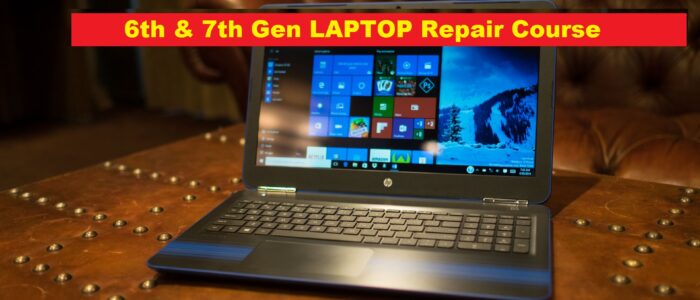

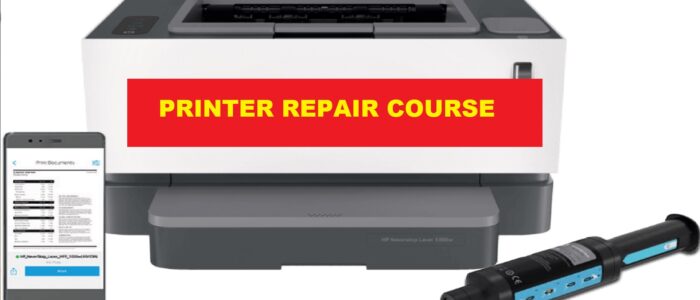
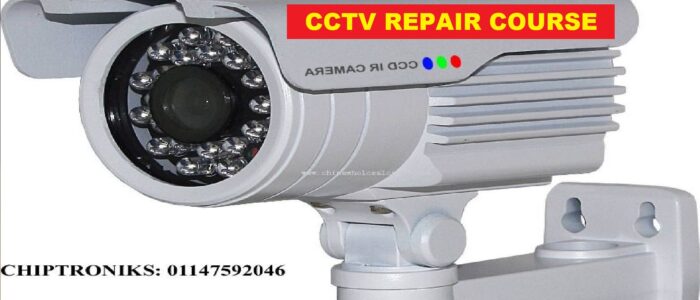
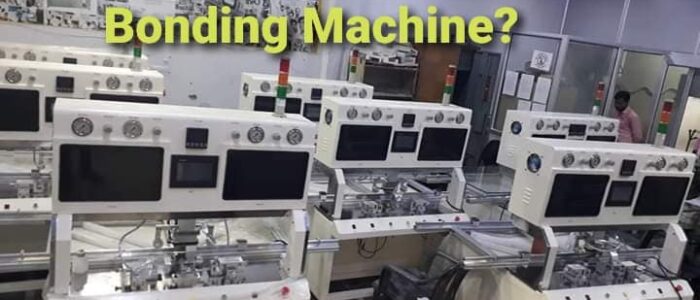


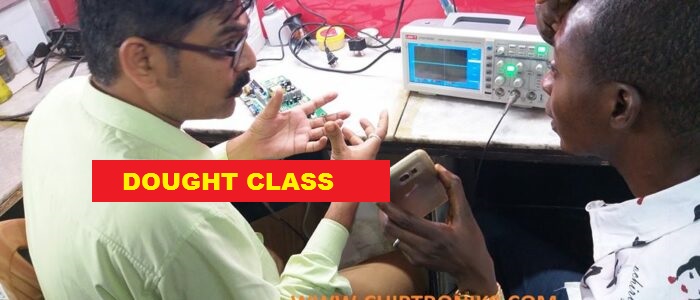
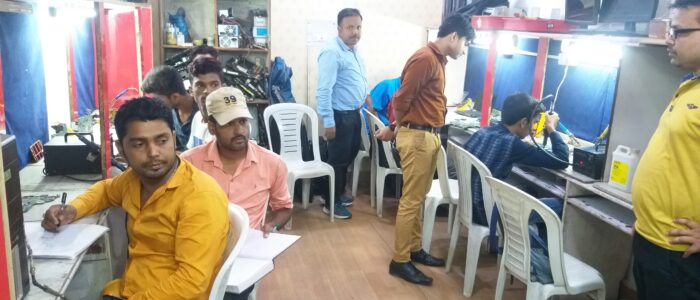
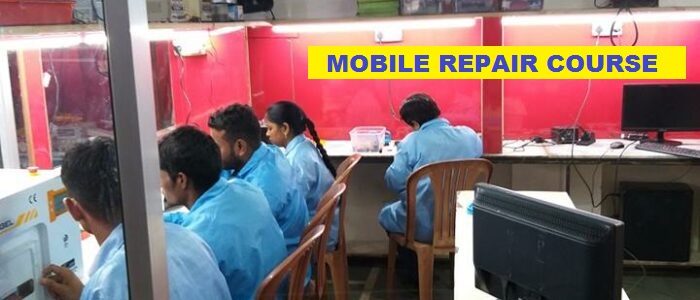

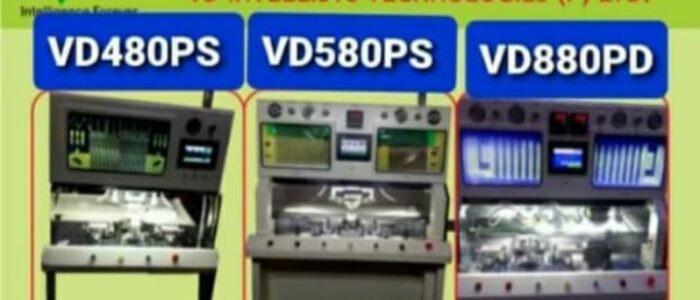

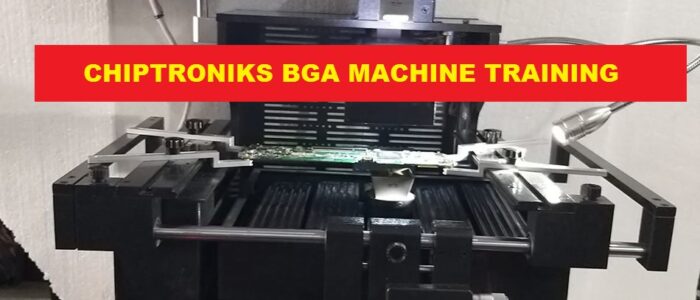
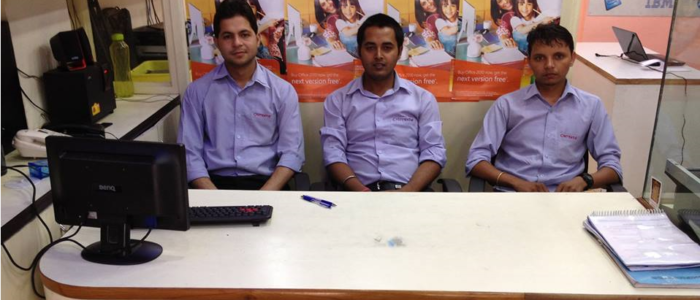
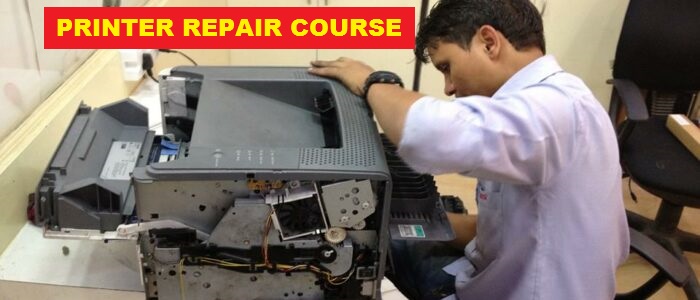
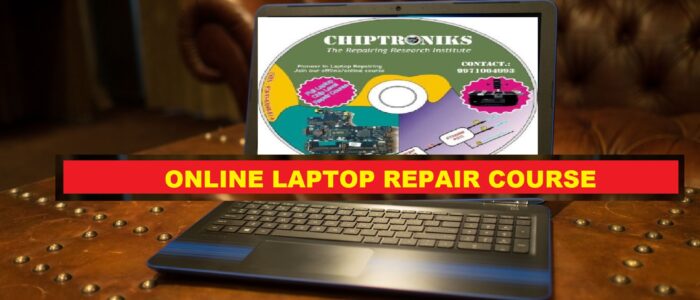
good evening sir,
i m Deepak mehra from bhopal ,i will interested in re chip course of your institute .pls tell me fees of this course and other information.
thank you.
07.08.2012